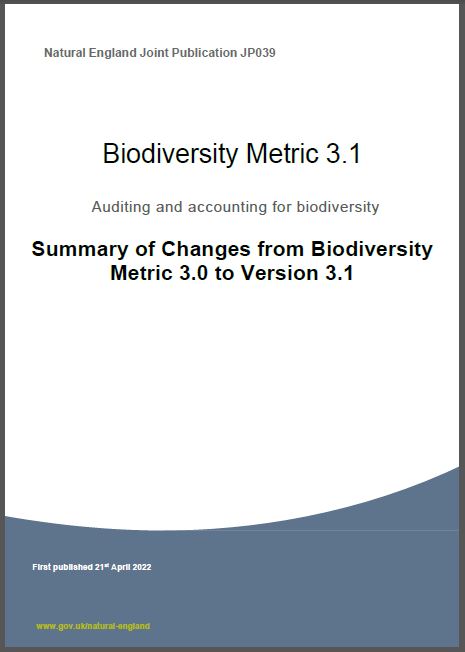Natural England launches Metric 3.1 to inform Biodiversity Net Gain calculations for development sites
An update has been provided to the Natural England metric used for calculating Biodiversity Net Gain. Known as Metric 3.1, its introduction follows user feedback on Metric 3.0 which was published in July 2021. Metric 3.1 represents a relatively minor technical update and as such its implications for many sites will be neutral. The most important updates appear to relate to:
- Woodland – where the time to target condition of ‘fairly good’ for newly planted woodland has been helpfully reduced;
- Grassland – condition criteria have been amended which appears to solve the previous problem in Metric 3.0 that most grassland sites, even if clearly improved (low distinctiveness), had to be coded to moderate condition.
Natural England will be recommending to the Secretary of State that the Biodiversity Metric 3.1 forms the basis of the statutory biodiversity metric used to underpin future mandatory Biodiversity Net Gain as set out in the Environment Act 2021. We are expecting a consultation by Government about this during 2022.
Natural England’s advice remains that users of a previous version the Biodiversity Metric (2.0 or 3.0) should continue to use that metric (unless requested to do otherwise by their client or consenting body) for the duration of the project it is being used for, as otherwise certain biodiversity unit values Metric 3.1 generates will differ from those generated by previous Biodiversity Metrics.
Follow Aspect Ecology on LinkedIn for all our latest news LinkedIn Page


